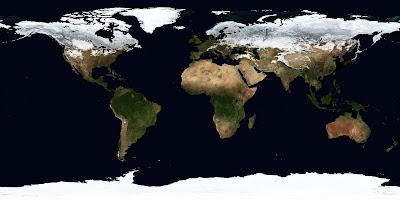James Webb Telescope/Speed of Light
It showed us pictures from a distance of 13.7 billion light years away. So, the conclusion was that the universe is 13.7 billion years old.
Or that the universe was so young back then, it couldn't produce any stars. But, now it is said that Webb could spot a galaxy nearly 30 billion light years away!
Speed of Light
The speed of light is unimaginably fast. Almost 300,000km/s! The distance travelled by light in one year is called a light year, which is 9.6 trillion kilometers. It is one of the largest units used for measuring astronomical distances. Similarly, a light second is the distance covered by light in one second, and a light minute is the distance covered by light in a minute.
It takes 8 minutes and 20 seconds for light from Sun to reach Earth. Hence the distance between Earth and Sun is 8 light minutes and 20 light seconds.
 |
| Sunrise-Mountain view |
Also, the Sun we see in real-time is how the Sun was 8 minutes and 20 seconds ago from the moment you look at it. As it takes that much time for the light from the Sun to reach us. Though the Sun is the ultimate energy and light source, the free space is still dark, because light needs an atmosphere to scatter.
Propagation of Light
In order to explain the propagation of light, different theories were put forward by many scientists. Light travelling in straight lines, light as a wave, and even having a particle nature. Let us take a look.
In 1704, Sir Isaac Newton proposed the Corpuscular theory. It states that light is made up of tiny energy packets called corpuscles, which travel in a straight line. But this theory failed to explain diffraction and interference of light. Christiaan Huygens, a Dutch mathematician and physicist, came up with the idea that light does not propagate as a straight line but in waves. And this theory could successfully explain the phenomena which could not be explained by Newton's corpuscular theory.
The photoelectric effect of light shows that light has a particle nature too.
Note: Contents published here has been taken from various sources for reference purpose. Readers are requested to do their own study before using them in any medium.




Comments
Post a Comment